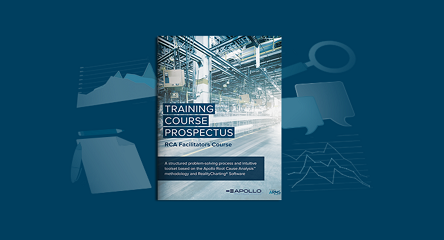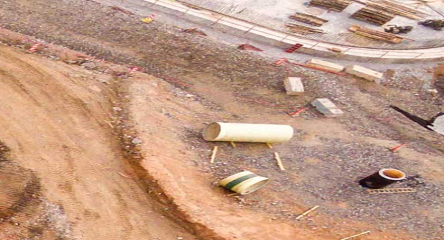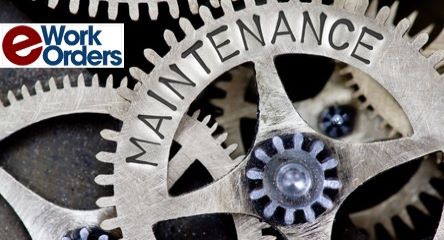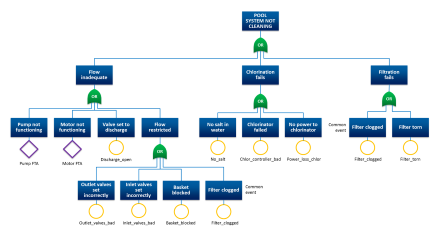In industrial operations, there’s a common assumption about spare parts. The fiction? Once you pay for an item and put it on the storeroom shelf, it doesn’t cost anything to keep it there. But the fact is that there are significant costs associated with holding spare parts on the books.
What are Carrying Costs?
A major cost includes insurance. It’s rare for a company to be self-insured. Most pay premiums to their insurance company of 5% or more of the total inventory value. Additionally, few operations are cash-rich, so money is borrowed for major capital improvements and other projects. While the cost of capital (i.e. interest rate) is relatively low, another 5% or more is realistic to borrow funds. Every dollar invested in inventory represents another dollar that must be borrowed from somewhere else. Next, we must consider state taxes. For states that have an inventory tax, the spare parts inventory is taxed on total value, not on the inventory items used in daily operations. If you own it, it gets taxed.
Once you take into account embedded costs like salaries, wages, buildings, and utilities to manage the spare parts inventory, the total administrative exposure for inventory carrying costs can add up to 20% or more. Note that these costs are not “one-and-done” expenses. It is every year, year after year, for as long as you carry the storeroom inventory investment as an asset.
For example, if you buy a spare motor for $5,000 to keep in the storeroom “just in case,” the motor will cost you an additional $1,000 each year that you carry that spare motor in inventory. Consequently, it doesn’t take long to double the cost of a spare part. Now let’s expand the example — if the motor isn’t under a scheduled preventive maintenance program while it’s in stores, there’s a good chance that when the motor is put into service it may not perform as expected or have the life expectancy of a new motor.
How Storeroom Processes Can Help
The good news is that there are opportunities to reduce carrying costs. For example, if your storeroom inventory turns on a regular basis, you’re more likely to reduce costs by minimizing inventory on the shelf. Another area for cost-saving is to assess if the material is actually in use or useable. A frequent rationale to keep unused material is, “don’t get rid of it, just hang onto it. We might need it someday. Besides, it doesn’t cost anything to keep it.” However, one can easily argue that it costs more to keep obsolete and excess inventory in stock. If it costs money to house usable inventory, then it stands to reason that it also costs at least that much to maintain the obsolete or unused parts. Plus, these items typically consume valuable storekeeper time and storeroom space to count, move, clean, and perform other activities associated with inventory management. Each time a spare part is moved or handled during its time in the storeroom, there is a cost involved. Although some costs are harder to quantify than others, the general concept of carrying costs and the
additional costs associated with maintaining obsolete and unusable materials builds a compelling case for the real cost of storeroom inventory.
For these reasons, a site’s inventory management processes should include regularly reviewing inventory to identify obsolete items and items over maximum stocking levels. Another best practice during inventory reviews is to identify parts that have damage from rust, corrosion, and assemblies that have been cannibalized or broken. These items should be removed from inventory and replacement parts ordered as needed.
A Summary of Best Practices
In summary, it’s critical for the storeroom to provide the right part, in the right condition, at the right time, and at the right cost to support equipment reliability and production uptime. Some positive steps to reduce spare parts inventory investment and carrying costs include creating standard processes to identify spare parts that are critical to the production process, and to manage supplier partnerships so that you can strive to keep the most critical spares in storeroom inventory. Other steps include setting up a PM program for your storeroom, regularly removing obsolete or damaged inventory, and reducing inventory that exceeds the maximum stocking level. All of these initiatives can have an immediate effect on reducing carrying cost exposure and provide the opportunity to uncover additional ways to improve storeroom operations.





